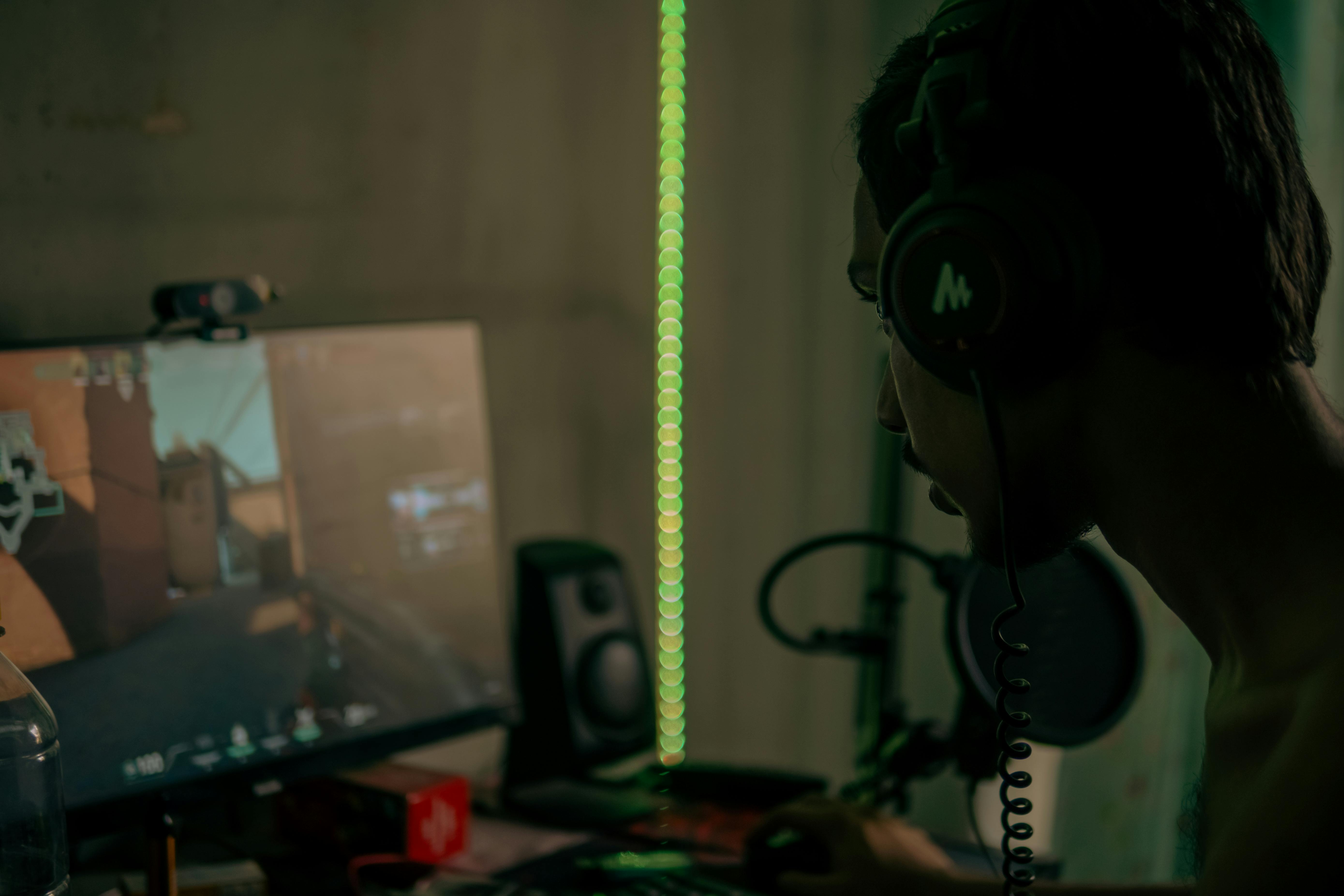Blockchain Gaming: Redefining Digital Ownership
Interactive worlds merge with decentralized technology The convergence of blockchain technology and video games is ushering in a new era of digital ownership and player-driven economies. This innovative fusion is reshaping how gamers interact with virtual assets, transforming in-game items into tangible, tradable commodities. As blockchain gaming gains traction, it promises to revolutionize the industry by empowering players, fostering new business models, and blurring the lines between virtual and real-world value.

The first blockchain games emerged in the late 2010s, with CryptoKitties leading the charge in 2017. This Ethereum-based game allowed players to collect, breed, and trade virtual cats, each represented by a unique NFT. The game’s popularity surged, at one point congesting the entire Ethereum network, and demonstrated the potential for blockchain integration in gaming.
NFTs and Digital Ownership
At the heart of blockchain gaming lies the concept of true digital ownership. Unlike traditional games where players merely license in-game items, blockchain games allow players to own their virtual assets outright. These assets, represented as NFTs, can be bought, sold, or traded on open marketplaces, often for significant real-world value.
This paradigm shift has profound implications for the gaming industry. Players can now invest time and resources into games with the knowledge that their in-game achievements have tangible value outside the game world. This has given rise to play-to-earn models, where gamers can generate income through gameplay, blurring the lines between leisure and economic activity.
The Rise of Play-to-Earn
Play-to-earn games have emerged as a dominant force in the blockchain gaming space. Titles like Axie Infinity have gained massive popularity, particularly in developing countries, where players can earn substantial incomes through gameplay. In these games, players can earn cryptocurrency or NFTs that can be sold for real-world currency.
This model has sparked debates about the future of work and the potential for games to become a legitimate source of income. However, it has also raised concerns about the sustainability of such economies and the potential for exploitation. As the play-to-earn model evolves, game developers are grappling with the challenge of balancing economic incentives with engaging gameplay.
Interoperability and Metaverse Integration
Blockchain gaming is also paving the way for greater interoperability between games and virtual worlds. NFTs representing in-game items or characters can potentially be used across multiple games or platforms, creating a more interconnected gaming ecosystem. This concept aligns closely with the vision of the metaverse, where digital assets and identities persist across various virtual environments.
Several projects are already exploring this potential. For example, The Sandbox and Decentraland are creating virtual worlds where players can own land, create experiences, and trade assets, all secured on the blockchain. These platforms are not just games but entire digital economies, blurring the lines between gaming, social interaction, and commerce.
Challenges and Future Outlook
Despite its potential, blockchain gaming faces several challenges. The environmental impact of certain blockchain networks has been a point of contention, leading to the exploration of more energy-efficient consensus mechanisms. Additionally, the complexity of blockchain technology and the volatility of cryptocurrency markets can be barriers to mainstream adoption.
Regulatory uncertainty also looms large over the blockchain gaming industry. As these games blur the lines between gaming and financial products, they may face increased scrutiny from regulators concerned about consumer protection and financial stability.
Looking ahead, the future of blockchain gaming appears both promising and uncertain. As technology evolves and regulatory frameworks adapt, we can expect to see more sophisticated integration of blockchain in games. The potential for creating truly player-owned economies and bridging the gap between virtual and real-world value remains a compelling vision for many in the industry.
As blockchain gaming continues to evolve, it has the potential to fundamentally reshape not just how we play games, but how we perceive digital ownership and value in the digital age. Whether it will fully deliver on its promises or face significant hurdles remains to be seen, but its impact on the gaming landscape is undeniable.



